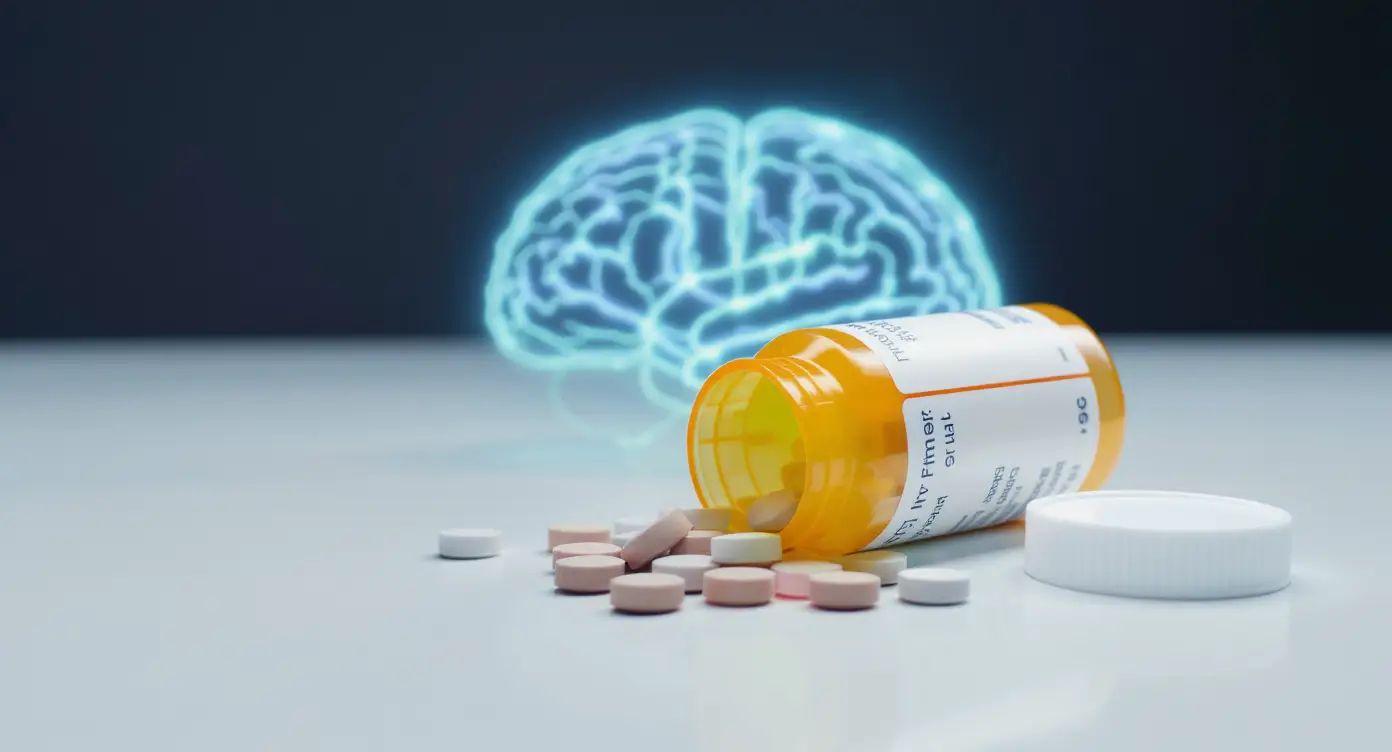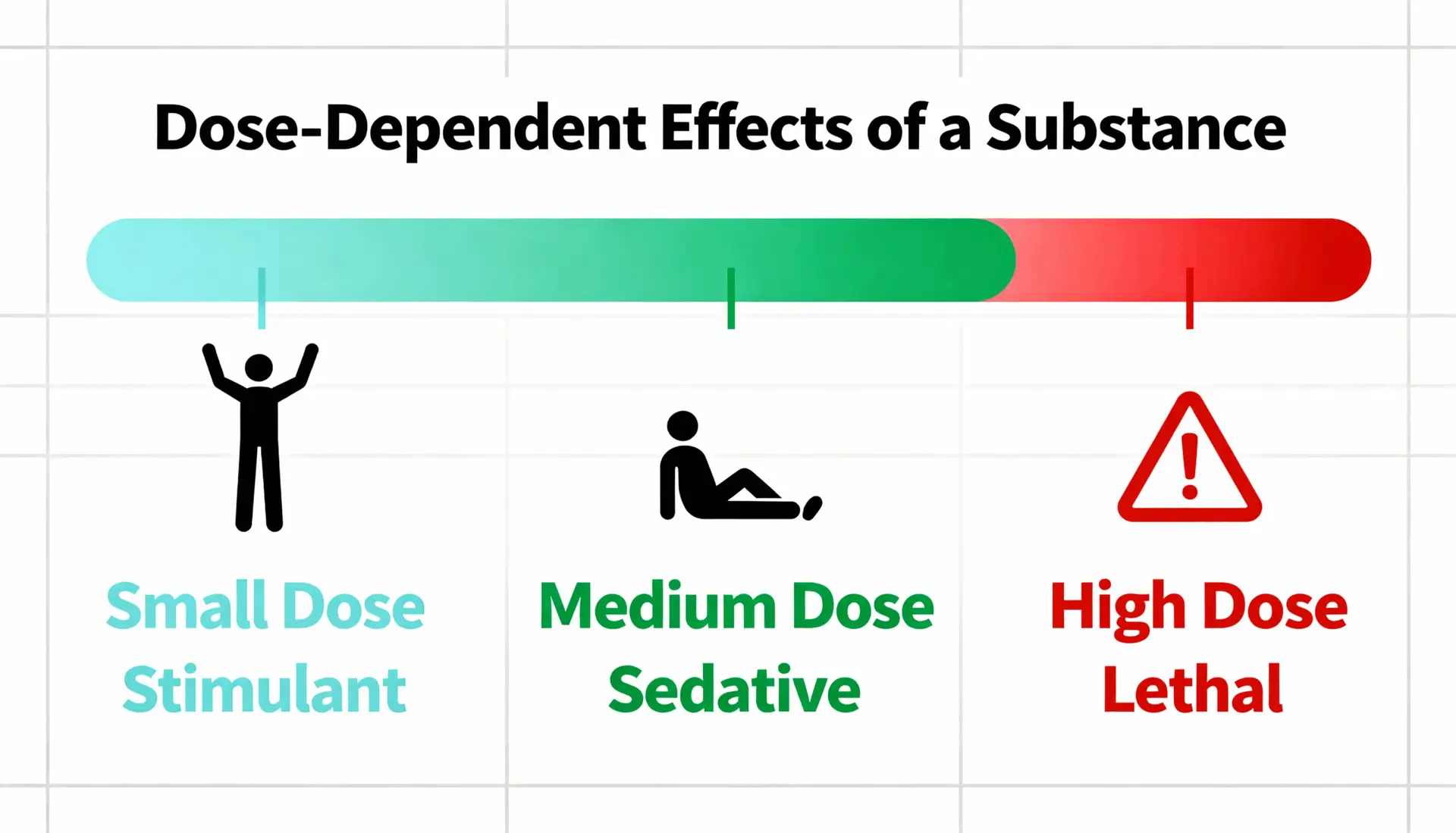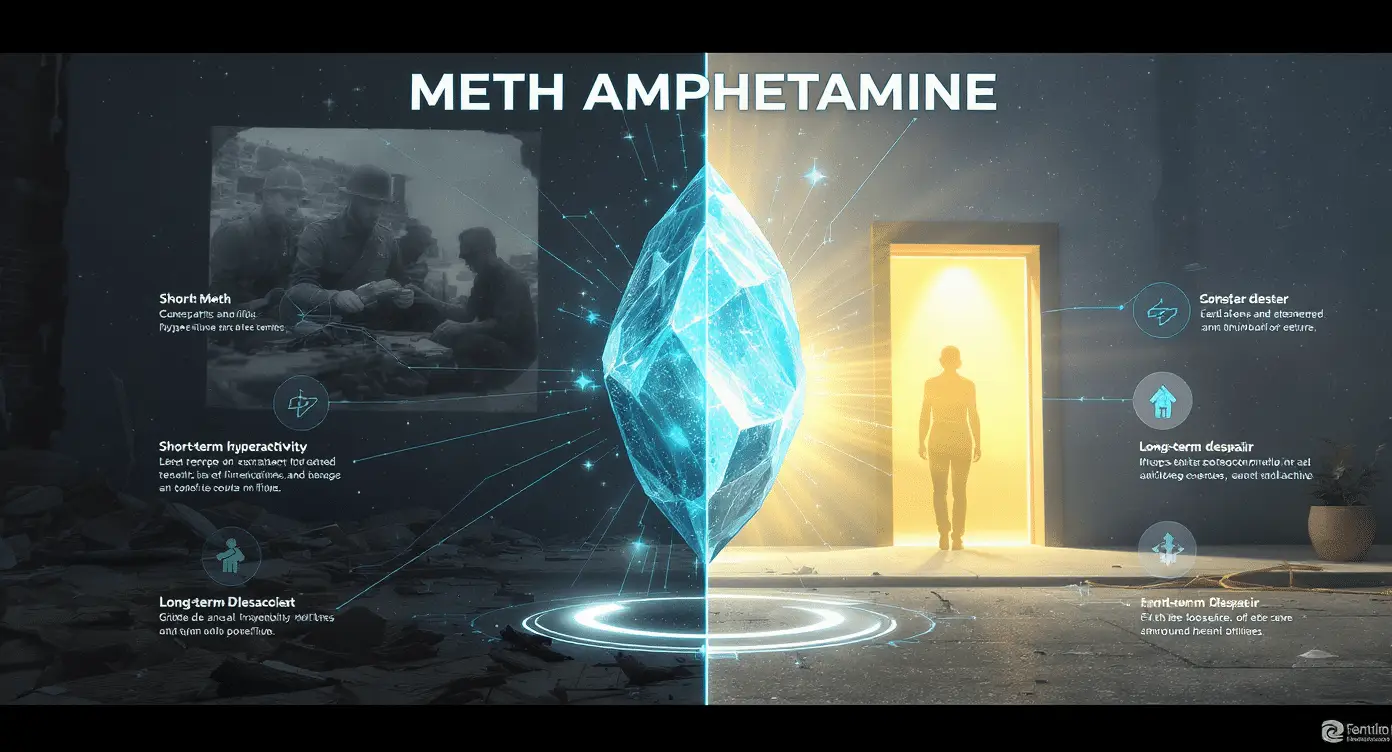Most people assume prescription painkillers are safe. However, why painkillers are dangerous becomes clear over time—they can mislead users into deep dependence and serious health risks.
Why painkillers are dangerous to your brain
Firstly, opioids alter your brain’s reward system. They flood it with dopamine, creating intense relief. However, with repeated use, natural pleasure diminishes. Over time, users feel flat and addicted. Therefore, stopping becomes a struggle.
Secondly, long-term opioid use impairs decision-making and stress response. According to EMCDDA’s European Drug Report 2024, opioids are present in 74% of fatal overdoses in Europe rand.org+12euda.europa.eu+12Financial Times+12. This shows the real damage these so-called “safe” painkillers cause.
Physical toll: more than toothache relief
Next, the physical effects aren’t just about pain relief. Painkillers slow breathing, increase sedation, and suppress digestion. As a result, users may develop constipation, fatigue, and breathing difficulties—even after stopping.
Furthermore, synthetic opioids and combinations (“polysubstance” use) have caused a surge in overdoses. Recent reports confirm that opioid-related deaths in Europe continue to rise—often involving mixtures of prescription and illicit drugs Financial Times.
Hidden addiction symptoms
You won’t always notice external changes. Instead, subtle signs appear: needing higher doses, hiding usage, or isolating from loved ones. Those are early signals that painkiller addiction symptoms are emerging.
Therefore, awareness is key. Education through Painkiller Education – Narconon helps users spot these hidden red flags before they spiral.
How dangerous dependence unfolds
Initially, painkillers offer relief. However, the body builds tolerance quickly. Next, withdrawal symptoms like anxiety, sweating, and nausea kick in. Often, people double doses without realizing the risk.
Over time, discomfort turns into obsession. As painkillers become central to survival, the risk of overdose and broken lives becomes real. This is why why painkillers are dangerous isn’t just a slogan—it’s a warning.
FAQ: why painkillers are dangerous
What makes prescription painkillers addictive?
Opioids mimic endorphins in the brain, triggering intense pleasure. Over time, the brain depends on them to function normally—creating addiction.
Can a doctor-monitored prescription still lead to danger?
Yes. Even medically supervised use can lead to tolerance, dependence, and eventually risk of overdose, especially if mixed with other medications.
How can I tell if someone is abusing painkillers?
Look for increasing doses, mood swings, secret use, social withdrawal, and neglect of responsibilities.
Are there safer alternatives to opioids for pain?
Yes—non-opioid pain relievers, physical therapy, and lifestyle changes can be effective. Drug-free recovery programs like Narconon offer holistic approaches.



